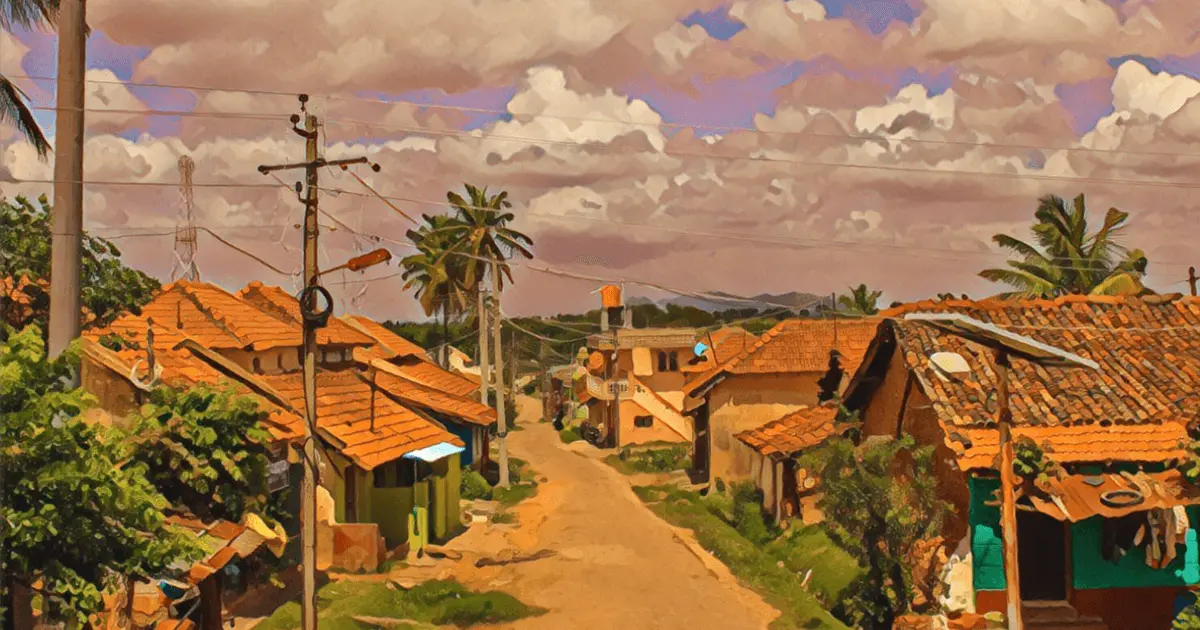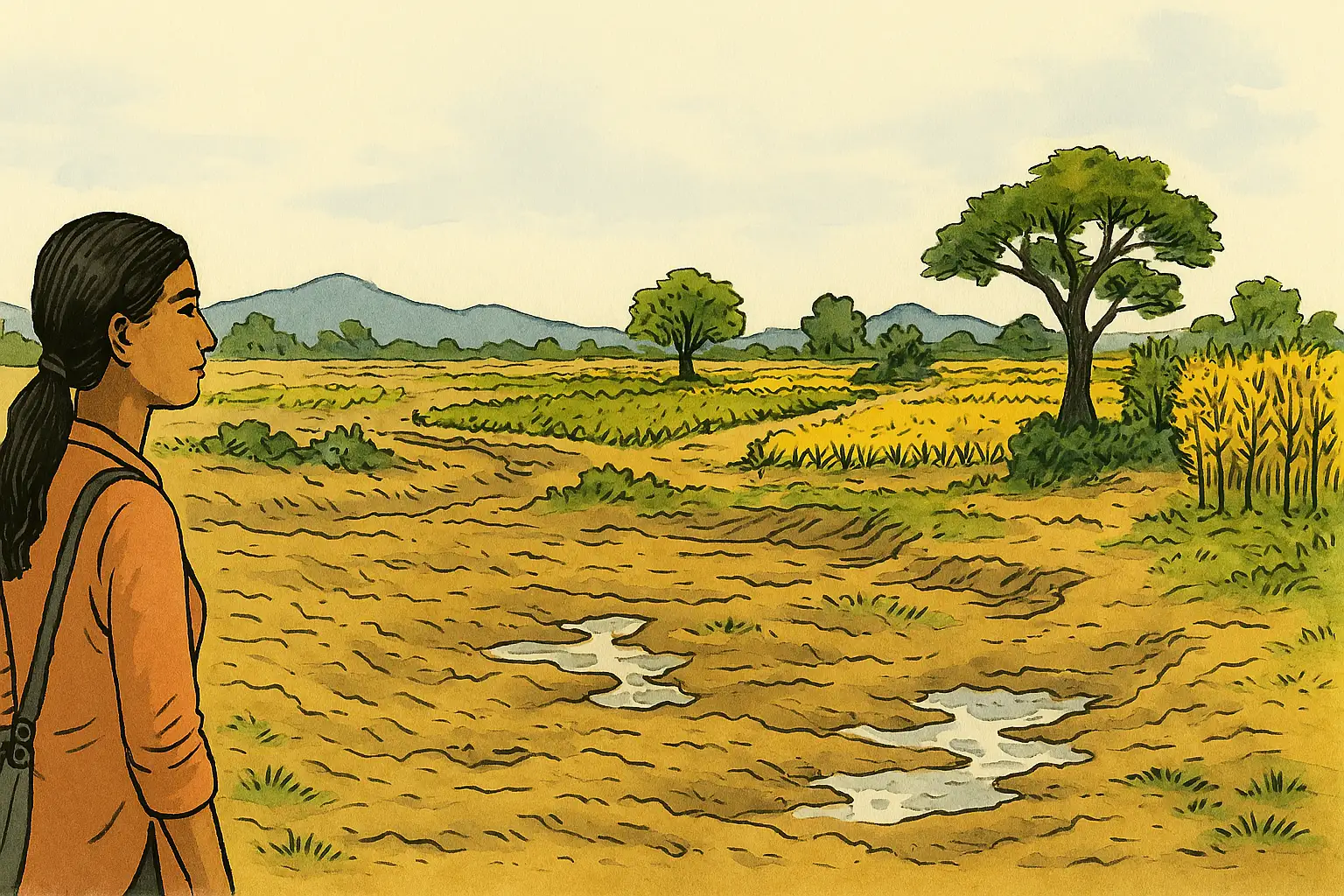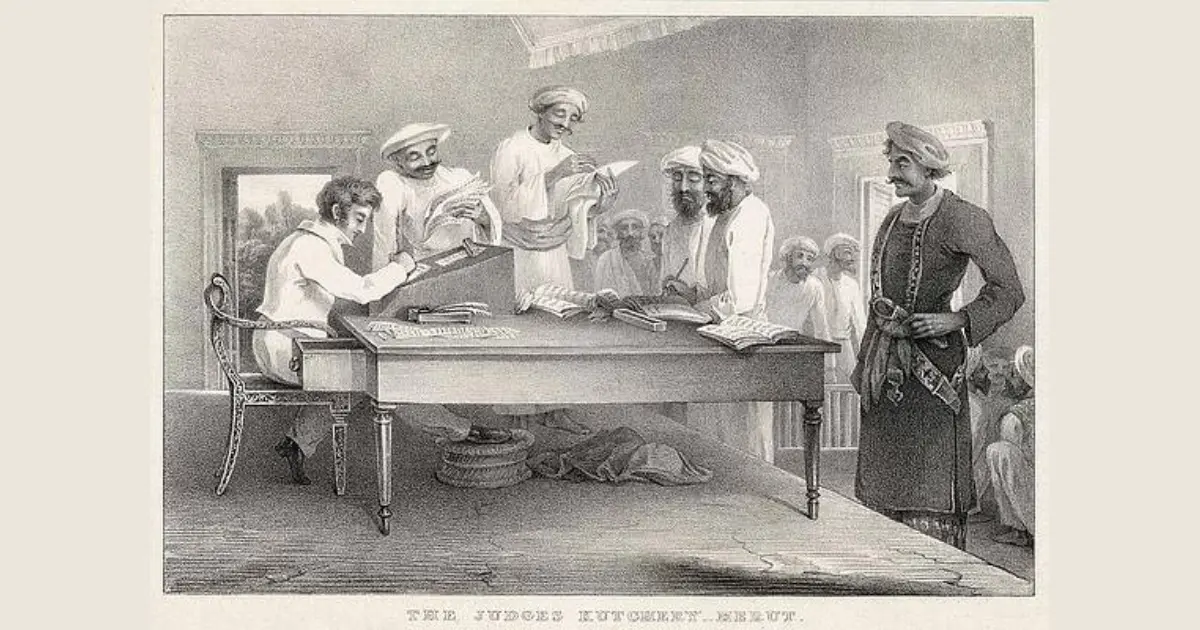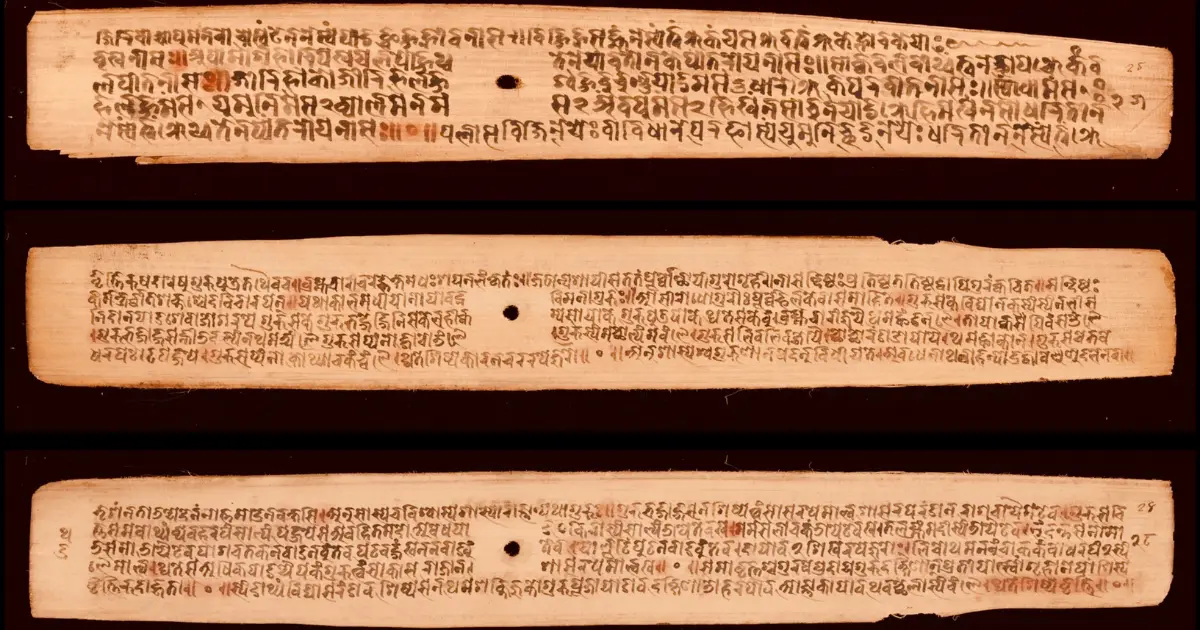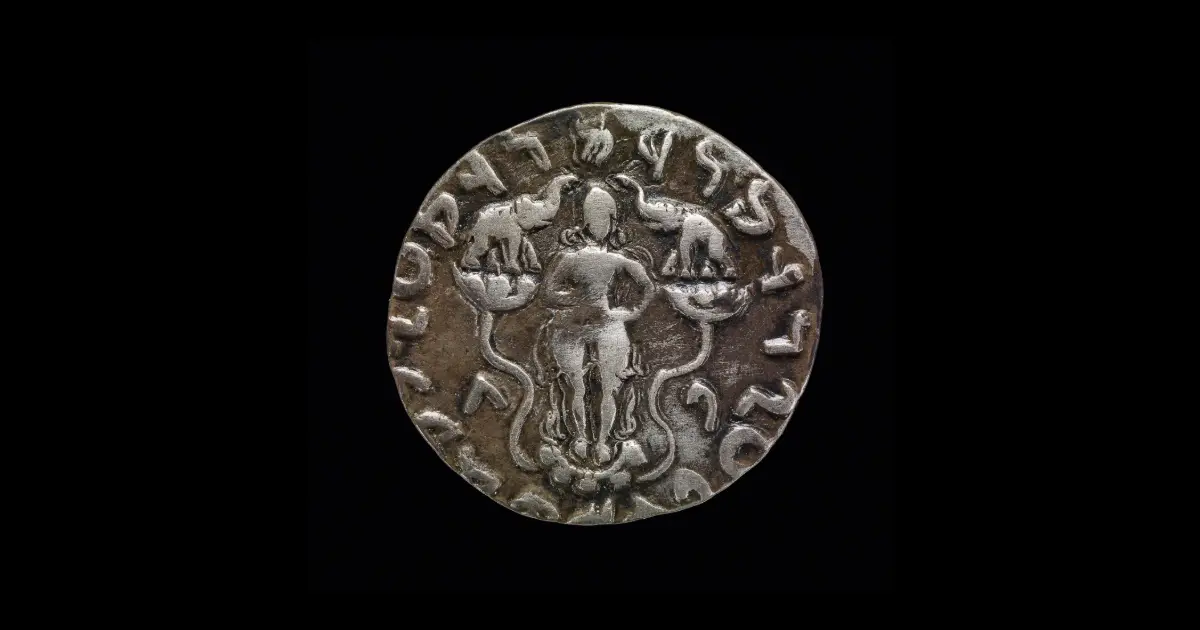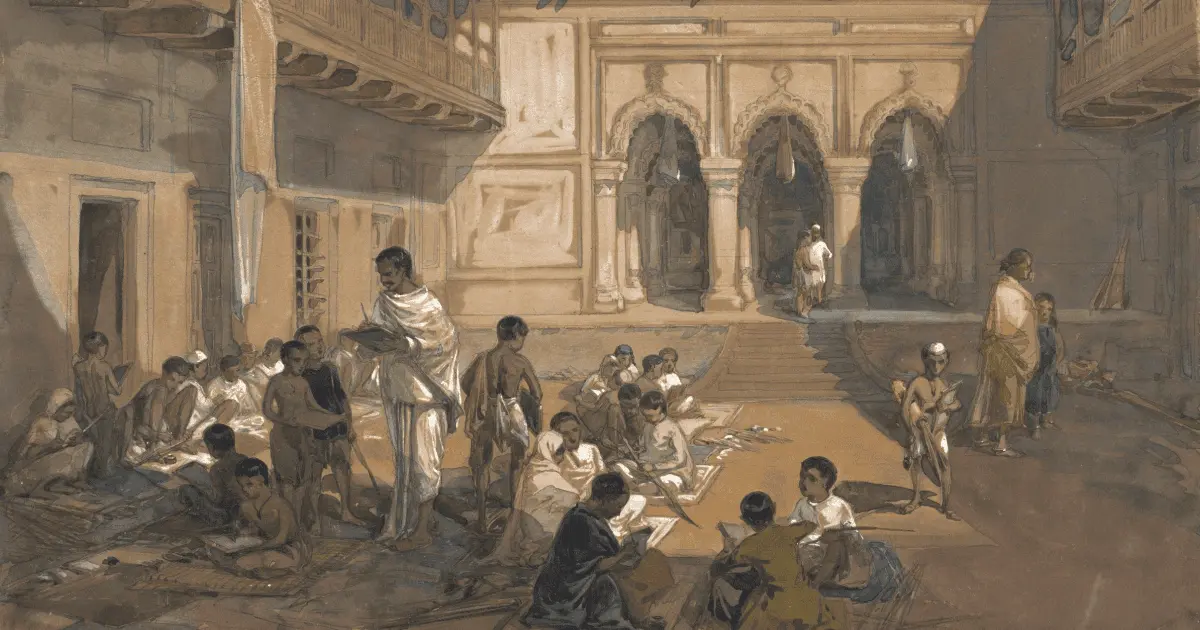Beauty and architecture have seldom been apart in the Indian aesthetic sense. But it has been changing at a rapid pace. Take a stroll down the urban street and one would notice the rows of identical houses all around. The same shape, size, and design repeated over and over again, with no hint of individuality. An unchanging world that offers little stimulation. It would have been a saving grace if these designs were at least pleasing. But, alas, many of these are downright ugly and devoid of any colour or personality. They leave no space for individual and creative expression.
These humbling structures do cater to one’s innate motivation to expand. To become something more than what one is at present. It is the same instinct with which an animal enlarges his stance or birds their feathers; that is to warn others that this is ‘my’ territory.
This urge we have inherited from our animal ancestors. The primary motivation of the male birds and animals is occupying a territory not the pursuit of the opposite gender. Territory brings social prestige and helps in gaining rank within the society and thus in turn having access to more resources and females.
It is the same as man’s pursuit to gain more resources, wealth, and property. But generalizing every part of our lifestyle takes away the uniqueness. Costume, food, sources of entertainment, education, along with architecture due to its focus on scale, have all been denuded of their identity in the name of modernization and urbanization. Identity, which is one of the primary needs of humans.
This does not mean that one has to go back to living in a mud house (although it wouldn’t be that bad). Nor does this glorify living in poverty without any resources.
Even the design discipline such as biomimicry advocates the practice of using models, systems, and elements found in nature to inspire the design and engineering of solutions for human problems. It is based on the idea that nature has already solved many of the problems that we are facing, and that by studying and mimicking these solutions, we can create more sustainable and efficient technologies. In the context of tradition, biomimicry can also be seen as a way to reconnect with the natural world and to draw on the wisdom of traditional cultures that have long had a deep understanding of the environment. Suśruta’s surgical instruments inspired by animal claws are one of many such examples.
Vāstu Śastra takes care not just of the design and dimensions of the structure but also ensures the daivika presence in the house. We have lost most of these practices today. What we see currently even in suburban or rural areas are badly built structures not at all suited to its surroundings nor pleasing to the eye.
Balance of principles and innovation
Sanātana Dharma always works within the universal principles but it provides enough room for creativity and innovation. There is a fine balance between the two. If there are no universals and boundaries then creativity takes the form of perversion. On the other hand, lack of self expression takes away innovation and meaning.
Pursuit of Artha and Kāma are as important as Dharma and Mokṣa. Our texts are replete with stories and examples of Kings making all the efforts to make the state affluent and Srī is worshipped and praised.
One such story is of Kṛiṣṇa and Arjuna burning and clearing Khāṇḍavaprastha to raise a new capital, Indraprastha. When Pānḍavas received Khāṇḍavaprastha as part of the division of Hastināpura, on reaching they were distraught seeing only a forest. Then, Kṛṣṇa suggested to Arjuna to burn the forest and raise a new capital, Indraprastha.
What should inform us then?
There is no doubt it is Dharma which should be the anchor to navigate through sansāra. By following the principles of Dharma, individuals can cultivate a deeper sense of connection with the sacred core and access the wisdom and guidance that it provides.
The most despairing thing that has happened today is the loss of sacredness in our lives. A small pūja ghar or altar in every home is not just for personal sādhanā but a temple in home sanctifies the house and puts up certain restrictions in the behaviour. Similar was the case for kitchens in every home. It is believed that the Goddess resides in the kitchen who takes care of feeding every family member. There exist strict charyās on who can enter the kitchen or not, what time one can or cannot enter and everyone who enters has to adhere to a certain ritual purity or śauca.
On the principles behind Vāstu, Prof. S K. Ramachandra Rao says
“Vāstu as art or science of architecture comes in for elaborate treatment in the Āgamas and Śilpa-śāstra texts. Among topics discussed in great detail is the Vāstu-puruṣa as unified personification of forces and spirits that dwell in the site divided into a number of cells (padas). The conception of Vāstu-puruṣa is well-known. It suffices to remember that Vāstu-puruṣa is essentially an abstraction based entirely on the site-plan (pada-vinyāsa), and that the Vāstu deities of plan-cells must properly be propitiated before construction of the site commence (vāstu-śamana). We see here a recurrence of Vedic mythology about the everlasting fight between Indra as chief of gods and Vṛtra the demon of drought. Vṛtra is here the asura (Vāstu-puruṣa) that signifies life and all that it contains. And Indra as Vāstospati has to hold him in check. Vāstu is aggression against antarikṣa as any construction on earth, in fact, is. This is corrected by a ritual known as Vāstu-prāśamana.”
Once we lose this core, this sense of sacredness, we lose our connection to our identity. It becomes easier and then a norm to do away the traditional home, design and aesthetics.
What is the reward for this restraint?
Why should anyone follow these sacred design principles? What is the incentive? At the core of our civilization it has always been Dharma. Once that is established, everything else is arranged around that. Be it our birth, occupation, marriage and even death. Once we lose this anchor, we fall into degeneracy. Nothing remains sacred anymore. Everything around us becomes available for indulgence. This is not different from the Abhrahmic faith propagating how everything on watch is available for man’s consumption.
Every degeneracy and incapability today is justified and rationalized at the expense of tradition. This would still be fine if they keep it to themselves but they seek rights and validation from larger society for their depravity. They expect and advocate for “social reforms” to accommodate these wishes.
As general lives have been disassociated from the spiritual, political interventions and actions become a means for self gratification or vote bank politics. It gives them the license to force the progress and development narrative down the throat of citizens, many times at the expense of the sacred or even a violation of that.
But if someone expresses this concern, they are immediately categorized as communist and enemy of “progress”. The recent Joshi Math incident is the prime example of progress gone wrong. It is not limited to a part but the idea of development as a whole. There are a whole lot of Hindus which can be described as Artha Sarvopari Hindus who have imported the western idea of development and consistently advocate unbridled development and unsustainable planning. It is time we further this discourse with the true Bhārtīya lens and deliberate what is best for us.
We already have the framework to design our actions and processes, a design of Dharma itself, Ṛta in Design. A system of thinking to replicate the natural flow or the attempt to get closest to it. It worked for a long time in this land, we simply have to apply it in the current context.
Lindy’s Effect is true for Sanātana Dharma too. One which has existed and thrived for several millennia will continue to do so. In the context of tradition, the Lindy Effect suggests that traditional practices, customs and beliefs that have stood the test of time are likely to continue to be relevant and important in the future. The longer a tradition has been around, the more likely it is to persist.
This is because these traditions have proven to be resilient and adaptable over time and have been able to survive and evolve in response to changing circumstances.
References
- African Genesis, Robert Ardery
- Vāstu-śilpa-kosha- III, Prof. S K. Ramachandra Rao
- https://www.indica.today/research/origins-of-sustainability-and-environmentalism-in-vedic-philosophy/
- Anti-Fragile, Nassim Nicholas Taleb
